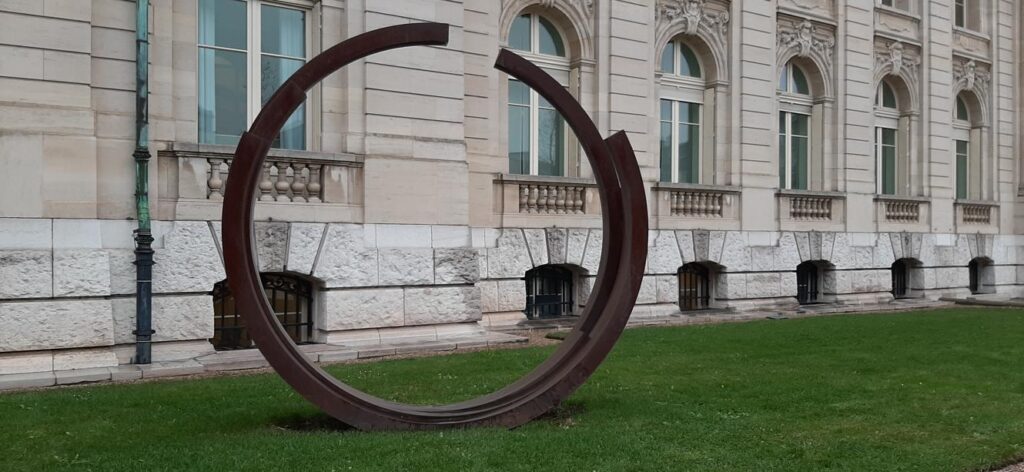When something ends, something new begins.
This is true for any situation.
We lose something and we gain something.
It doesn’t matter if we wanted to get it over with, are wary of the new, wanted to keep the old, or look forward to the new.
Transition may be based on our will or be a consequence of the events. As transition happens this doesn’t matter anymore. Our task is to deal with the transition.
This move from one to the other shakes and transforms us. The boundaries between both are not clear. Has it ended, or has it begun?
Architecture pays special attention to them. They connecting inner and outer spaces, they connect different areas of the building. At the same time, they are a space of special attention as we find ourselves more exposed in them.
A long time ago, people learned to pay attention to transitions. They knew that a transition needs to be accompanied to be integrated. And so, they created rituals. A ceremony consisting of a series of events establishing the transition and creating space for it to be integrated. They are filled with symbolic moments, all highlighting the fact that there is a change but also that change happens within a tradition.
Such rituals make the transition recognizable and establish a sense of safety. They mark a point in time of the transition with a well-known process, one that assists in containing the existing insecurity.
When the protocol differs, and when the ritual doesn’t yet exist, we’ll find the transition much harder to step into. The journey we are on containing less known road marks. With less visibility of the transition, it is less understood. New road marks need to be recognized and made visible. They are there to make boundaries and transitional space visible.
Leaders shape the transitional space for their people.
The less we know about the transition, the more work and creativity they need to put into its creation. Creating the change we seek to make is vastly influenced by our ability to contain its transitional space.

